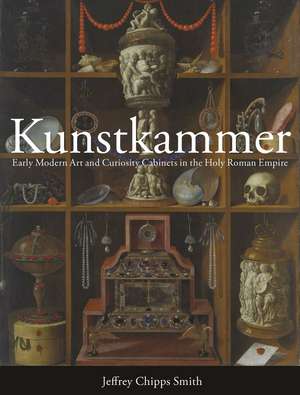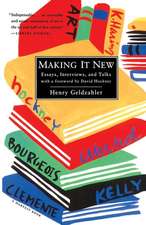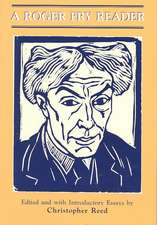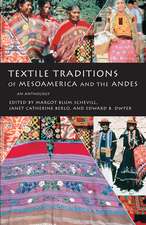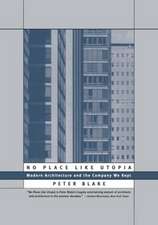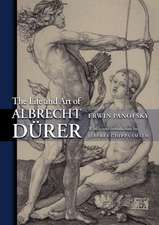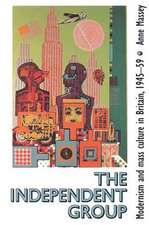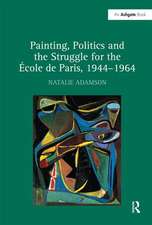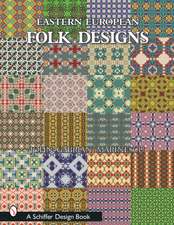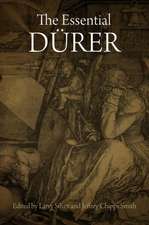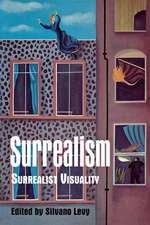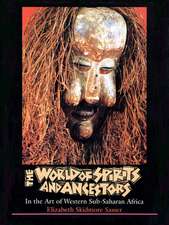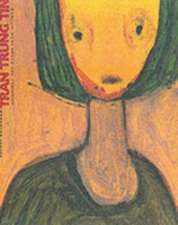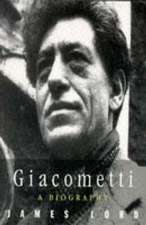Kunstkammer: Early Modern Art and Curiosity Cabinets in the Holy Roman Empire
Autor Jeffrey Chipps Smithen Limba Engleză Hardback – 16 feb 2023
Kunstkammer, art and curiosity cabinets housed in a dedicated room or suite of chambers, were often filled with thousands of diverse and sometimes shocking objects reflecting the bounty of nature and human creativity. These could range from a cherry pit carved with dozens of faces to an intricate drinking cup fashioned from a rhinoceros horn. Whether as a setting for personal contemplation or as a manifestation of the wealth and prestige of its owners, these proto-museums dazzled visitors of the time. This book offers the first in-depth comparative examination of the history, theory, organization, and character of the major Kunstkammern in the Holy Roman Empire.
Preț: 235.71 lei
Preț vechi: 280.98 lei
-16% Nou
Puncte Express: 354
Preț estimativ în valută:
45.12€ • 49.02$ • 37.92£
45.12€ • 49.02$ • 37.92£
Carte disponibilă
Livrare economică 31 martie-07 aprilie
Livrare express 14-20 martie pentru 104.10 lei
Preluare comenzi: 021 569.72.76
Specificații
ISBN-13: 9781789146127
ISBN-10: 1789146127
Pagini: 336
Ilustrații: 100 color plates, 88 halftones
Dimensiuni: 191 x 248 x 18 mm
Greutate: 1.13 kg
Editura: REAKTION BOOKS
Colecția Reaktion Books
ISBN-10: 1789146127
Pagini: 336
Ilustrații: 100 color plates, 88 halftones
Dimensiuni: 191 x 248 x 18 mm
Greutate: 1.13 kg
Editura: REAKTION BOOKS
Colecția Reaktion Books
Notă biografică
Jeffrey Chipps Smith is the Kay Fortson Chair in European Art at the University of Texas, Austin, and specializes in early modern Northern European art. His most recent book is Albrecht Dürer and the Embodiment of Genius: Decorating Museums in the Nineteenth Century.
Recenzii
“This superb, lavishly illustrated tome by Jeffrey Chipps-Smith has chapters on the Munich cabinet of the Wittelsbachs, Schloss Ambras of Archduke Ferdinand, the Dresden cabinet of the Alberine Wettins, the cabinet of Rudolf II in Prague, and the Kunstkammen in Graz, Stuttgart and Kassel . . . Photographs of astonishing objects of vertu punctuate the pages – a sensual treat.”
“Smith’s new book provides an accessible introduction to one of the most fascinating phenomena in Early Modern Europe, the Kunstkammer. Based on contemporary inventories and the interpretive literature (mainly) in German, his clearly written text surveys the most important collections of the late sixteenth and early seventeenth century and situates them in context.”
